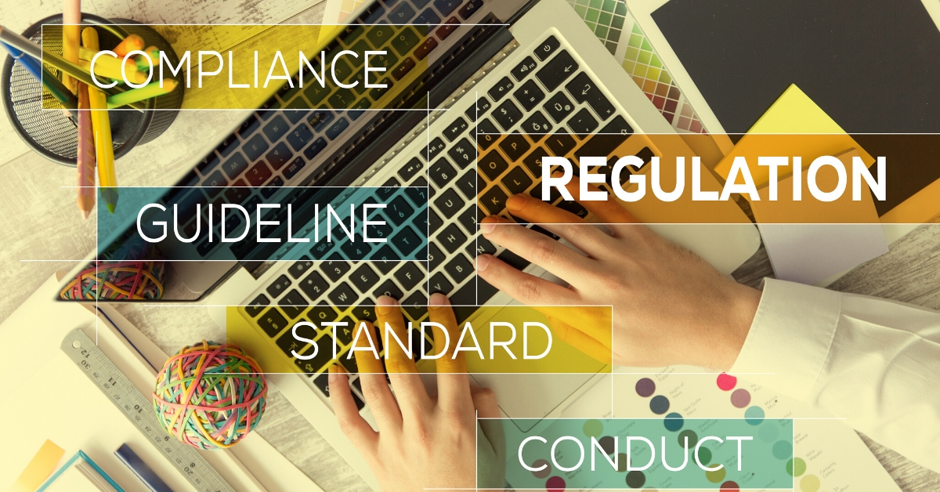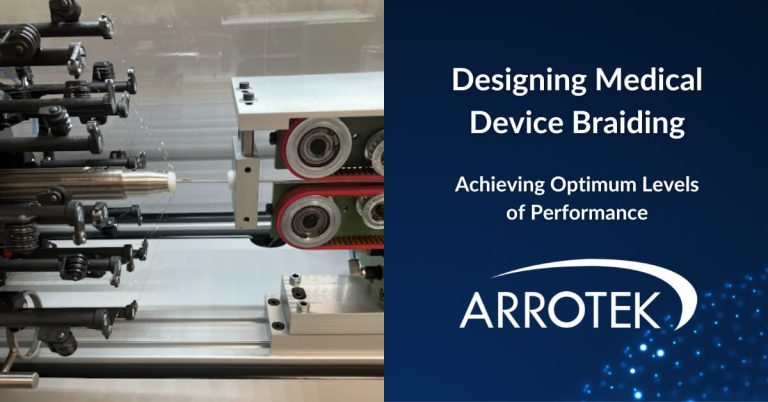Issues surrounding the implementation of the European Union’s new Medical Device Regulations (MDR) are a hot topic of conversation right now in the medical device industry.
After all, that implementation starts in May of this year while today, significant challenges exist.
Those challenges include the availability of MDR-designated Notified Bodies, the high workloads currently being experienced by those Notified Bodies, the uncertainty around grace periods, and the availability of EU-published guidance.
These issues are now well-known and they are discussed and debated regularly. For example, they are scheduled to be key discussion points at the MedTech Live event taking place in Germany at the end of March. Regulatory affairs is the main topic on the first day of MedTech Live with the new EU MDR dominating much of the scheduled talks and discussions.
Preparation and Planning
It’s right that these conversations and debates to continue as solutions to the critical issues have to be found.
They have to be actioned too, and soon, for the industry and, more importantly, for the patients and medical professionals who use and depend on medical devices that are on the market today and those that are currently in development.
Despite the uncertainty, however, there are still things we can do as medical device product designers and manufacturers to prepare for the new EU MDR.
Steps to Take Now
- Assess product and client portfolios – it’s important to review current portfolios in relation to the new MDR. The key point is to understand how your existing products and those currently in development will be classified under the new regulations. You need to understand the impact of any reclassification too, and it may be necessary to prioritise products to ensure compliance is achieved with minimal impact on the business.
- Legacy products – particular attention should also be paid to legacy products as the new EU MDR applies to those medical devices too. Therefore, it’s important to have a focus on getting legacy products recertified as required.
- EU guidance – while the industry is right to highlight the need for more guidance, the EU has published documents on the new EU MDR. It’s important to monitor the release of these EU MDR guidance documents and then review and act on them as appropriate.
- Update processes and procedures – another crucial step is to review the new EU MDR and update your procedures and processes as required. Specific things to look out for (i.e. things which are changing substantially in the new EU MDR) include the new post-market requirements of the new regulations, particularly the requirement for post-market surveillance of medical device products.
- Review documentation – it’s also important to put an emphasis on reviewing product documentation as this is another key focus of the new EU MDR. Make sure record-keeping is effective and update wherever necessary.
The situation is not ideal with the implementation of the new EU MDR and there would probably be relative consensus in the industry that, if we were doing it again, we wouldn’t start from here. This is the position we are in now, though. We need to move forward proactively and positively while pushing for solutions, clarity, and the removal of uncertainty.
The Arrotek team will be at MedTech Live from 31 March to 2 April. Come and visit us at our stand: Hall 9 Stand 9-332.





